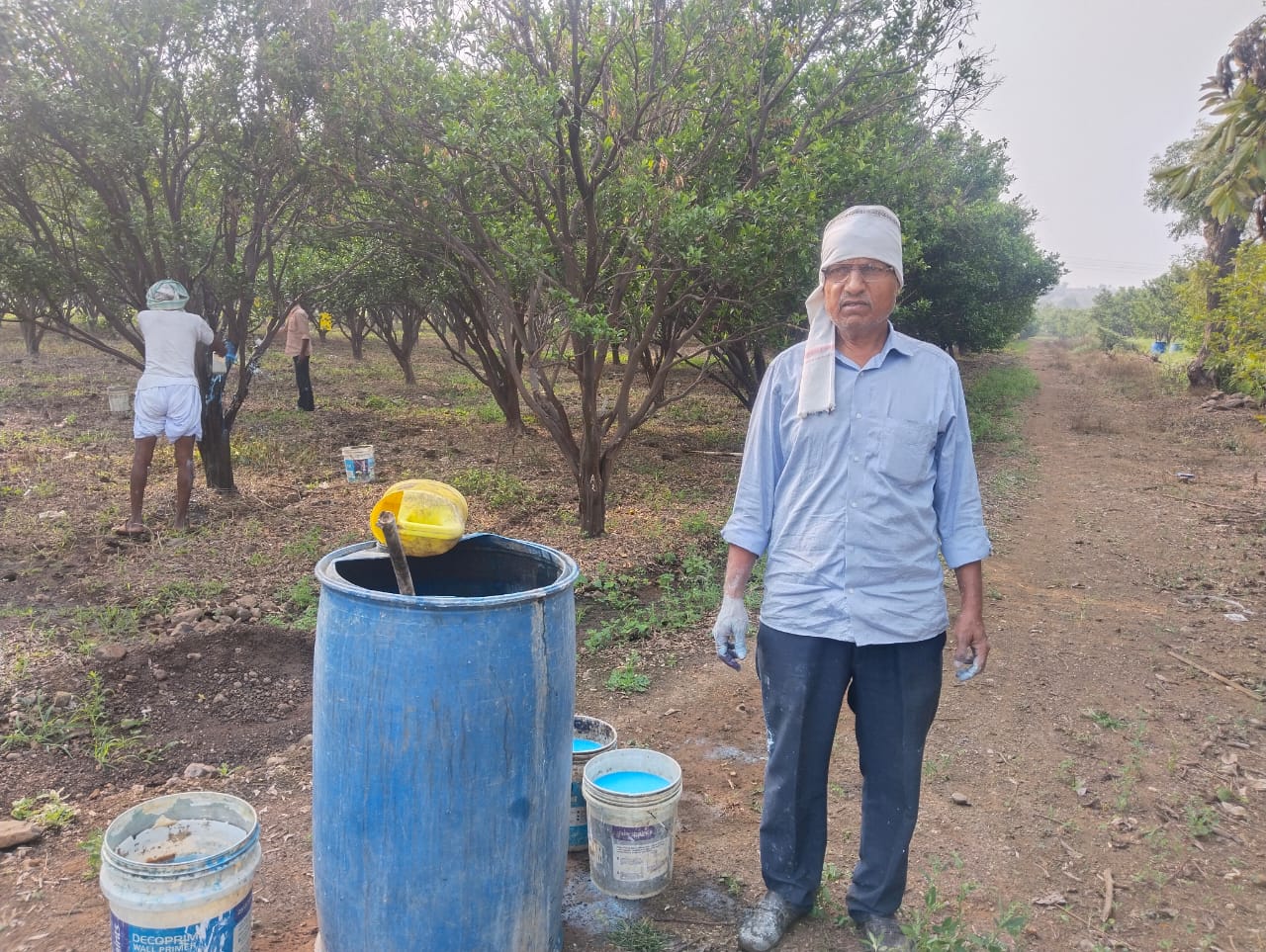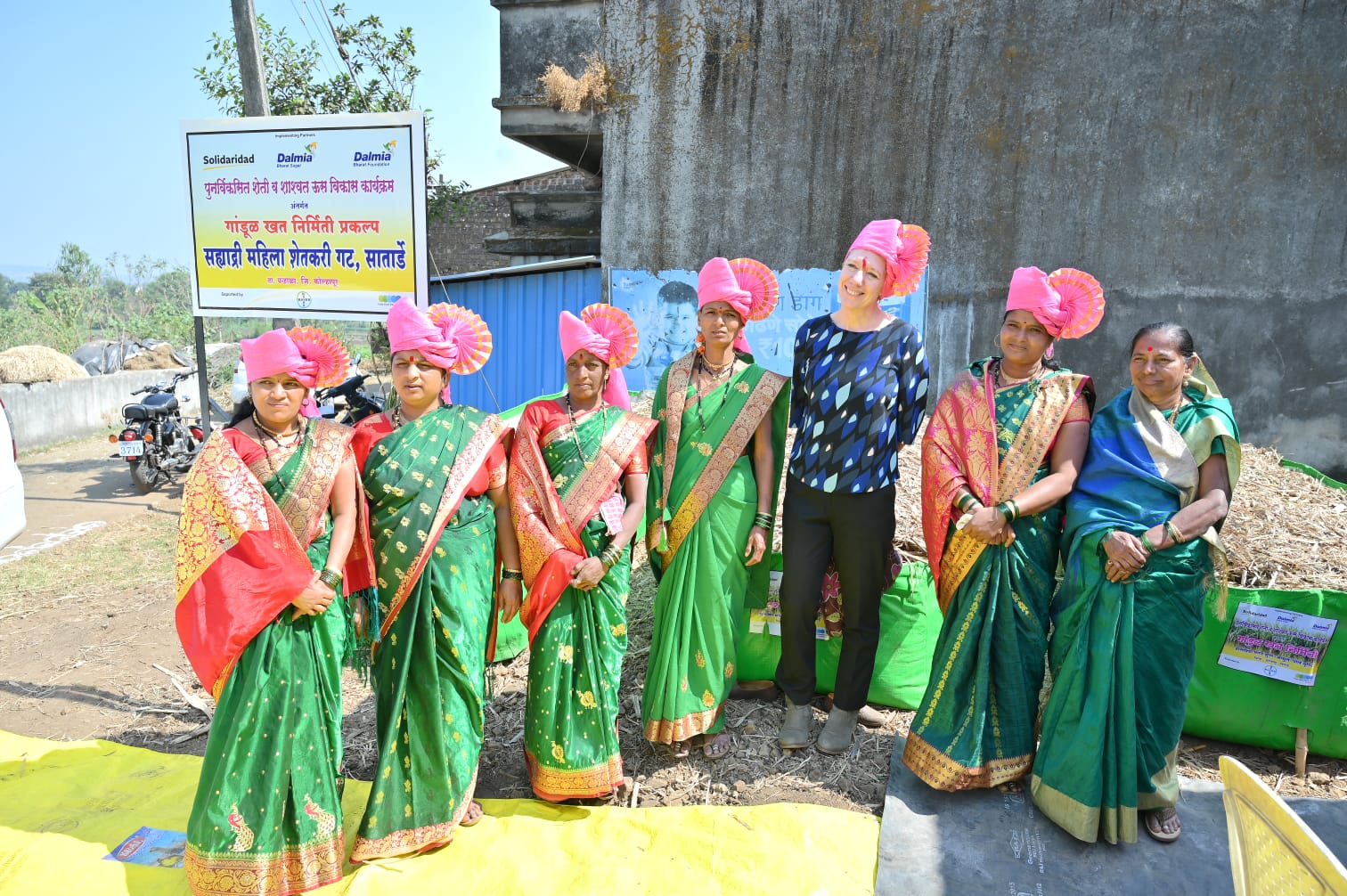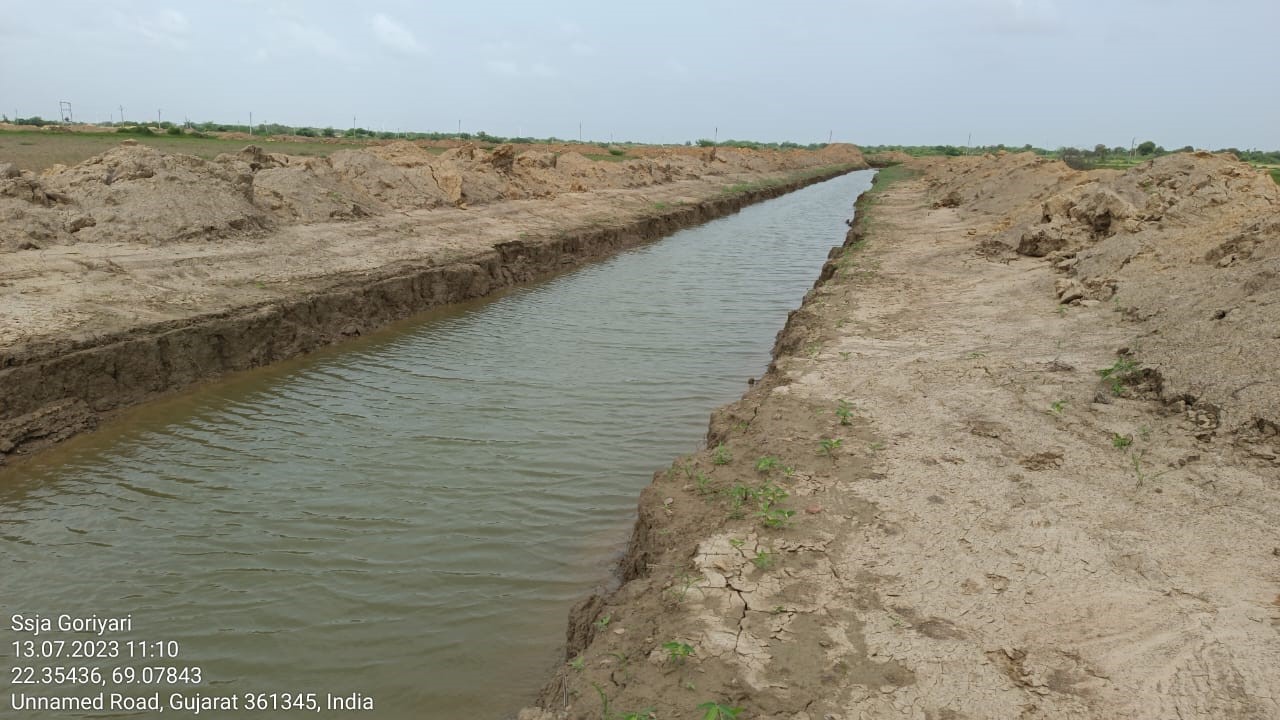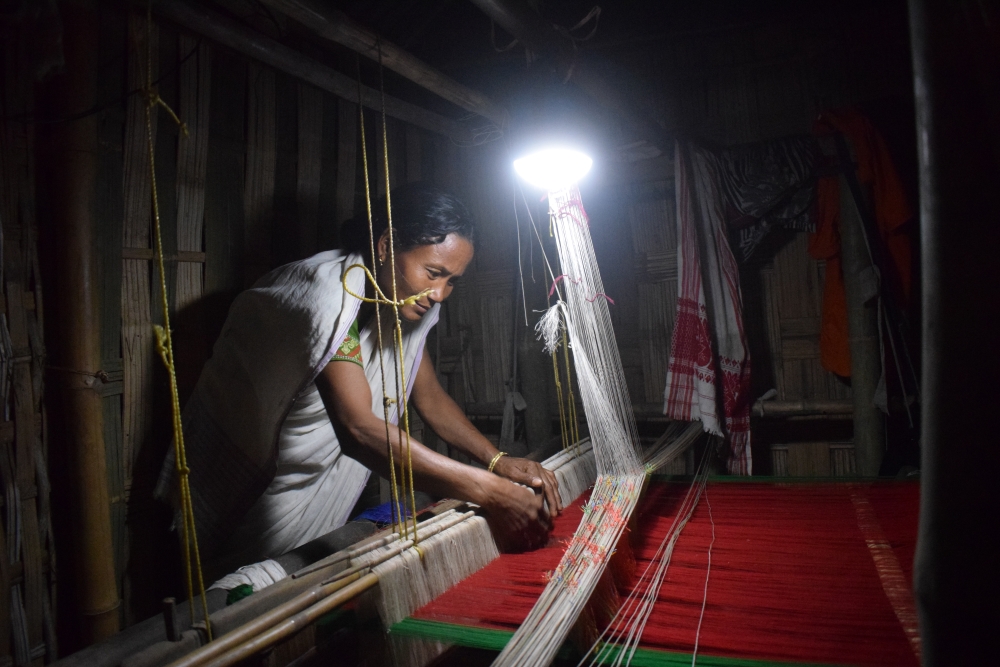The Miyawaki method adopted by SRIJAN under its Tapovan initiative in Madhya Pradesh’s Tikamgarh is one of the most effective ways to build forests really fast
One of the core programmatic components of SRIJAN has been integrated natural resource management. A conscious effort towards improving environmental outcomes is to increase the green cover with consideration of local conditions and knowledge amalgamated with successful techniques. One such technique to improve environmental outcomes is the Miyawaki method of forest plantation. It has been named after its inventor Akira Miyawaki, a Japanese botanist. Tapovan, the initiative undertaken to grow forests using the Miyawaki technique, has been piloted at four sites of Tikamgarh, in Madhya Pradesh.
Miyawaki forest technique
Miyawaki is a technique pioneered by Japanese botanist Akira Miyawaki that helps build dense, native forests in a short time. This method includes planting trees (only native species) as close as possible in the same area which not only saves space, but the planted saplings also support each other in growth. It also blocks sunlight reaching the ground, thereby preventing the growth of weed. The saplings become maintenance-free (self-sustainable) after the first three years. The approach is supposed to ensure that plant growth is 10 times faster and the resulting plantation is 30 times denser than usual. Miyawaki method helps to create a forest in just 20 to 30 years, while through conventional methods it takes anywhere between 200 to 300 years.
Intervention
The protection and maintenance of the plantation was necessary for the success of the intervention. Community engagement is an unavoidable part of the process. During the initial planning meetings, community members wished to develop the forest as a hub of medicinal, fruit and local plants that can be used as fodder. The community members then selected a range of native plants based on four categories, i.e. canopy, tree, sub tree and shrubs for plantation. The process was followed by the identification of sites for plantation, based on water availability, community interest and ownership, and location free of disputes. A private land, already donated for construction of temple, was selected for plantation by the community members in Niwari village, whereas in Dor village, the Panchayat came forward to allocate a patch of government land. The community members were convinced to protect the plants. They all agreed not to graze their cattle in the selected sites.
People engaged voluntarily for land preparation, layout and transplantation of seedlings. As many as 5,020 plants were planted in August in the presence of PRIs and community members.
In the days to come, it is expected that the developed sites will provide the community members with commodities like drumstick, mango, harra, bahera, reetha, seesam etc.
“Tapovan is a small dense forest planted through the Miyawaki technique by which we can establish self-sufficient and dense forests in two to three years. After a year it was noticed that the height of some plants had exceeded twelve feet! It had become so dense that it was difficult for anyone to go inside the forest. Local and medicinal plants have been planted in it, which has built a strong association with the people of the community with this forest. Such forests can be planted in all villages.”
Kamlesh Kurmi
Project Manager
SRIJAN








